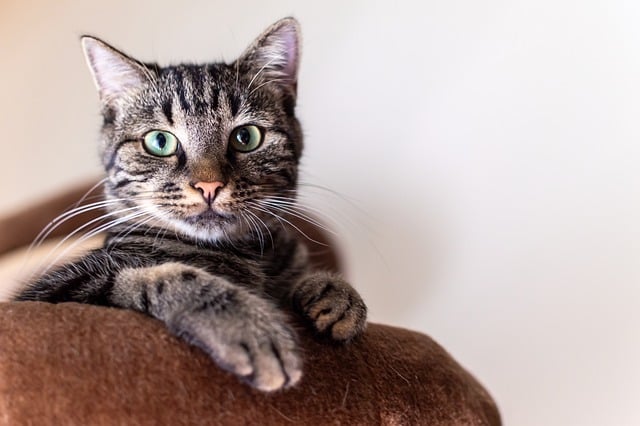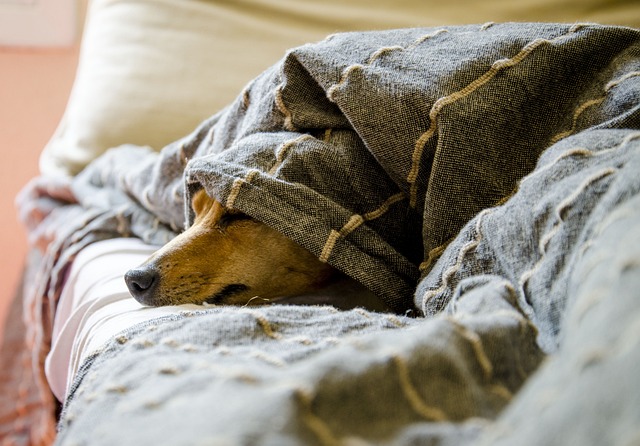Understanding pet sitting hourly rates is crucial for both sitters and clients. Rates vary based on experience, location, service complexity (e.g., dog walking vs. full-time care), pet type, and job demands. Sitters should research local market dynamics, compare their services with others, and consider unique skills to set competitive yet value-driven rates. Clients should communicate specific needs clearly to ensure appropriate compensation. Regular reviews and adjustments are recommended to stay aligned with industry standards and market changes.
“Unsure about setting the right pet-sitting rates? This guide breaks down everything you need to know. We explore the factors influencing hourly pet-sitting rates, ensuring you stay competitive in your market. Learn how to compare local rates and tips for pricing your services effectively.
Beyond rates, discover various payment options, from traditional cash to digital platforms, and best practices for invoicing clients. Navigate negotiations with confidence, set clear boundaries, and maintain professional financial practices that build client trust.”
- Understanding Pet Sitting Hourly Rates
- – Factors influencing hourly rates
- – Market rate comparison
- – Tips for determining your own rates
Understanding Pet Sitting Hourly Rates
When it comes to pet sitting, one of the most common questions asked by clients is, “What are your hourly rates?” Pet sitters often set their rates based on various factors such as experience, location, and the complexity of the task at hand. It’s important for both parties to have a clear understanding of these rates before agreeing on services.
The pet sitting community generally charges by the hour, with rates varying widely depending on the provider’s expertise and the client’s requirements. For example, a basic pet check-in might cost less per hour than a dog walking service or a full-time pet care arrangement. Clients should inquire about these differences to ensure they are paying for services that meet their needs.
– Factors influencing hourly rates
When determining pet sitting hourly rates, several factors come into play. Location is one key consideration; urban areas tend to command higher rates due to increased living costs and a higher demand for pet care services. Experience also plays a significant role; seasoned pet sitters with specialized training or certifications can charge premium rates. The type of pets being cared for matters too; exotic or high-maintenance animals require specific skills, leading to potentially higher hourly charges.
Furthermore, the size and complexity of the job impact rates. Longer stays, multiple pets, or specialized needs like administering medication or performing veterinary tasks will naturally increase the hourly rate. Market competition and local supply and demand dynamics also influence pricing. Pet owners should research rates in their area to ensure they’re paying fairly while offering competitive compensation for pet sitters.
– Market rate comparison
When setting your pet-sitting hourly rates, it’s crucial to understand the market rate for your area and services. Conducting a thorough comparison will help ensure your prices are competitive yet reflect the value you bring to clients. Research other reputable pet sitters in your region by checking online directories or social media groups; this will give you an idea of the going rate for different levels of care, experience, and specialization.
Keep in mind that factors such as location, service offerings (e.g., dog walking vs. overnight stays), special skills (e.g., administering medication), and pet types can influence pricing. Tailoring your services to meet specific client needs may allow you to command higher rates, while offering packages or discounts for longer-term commitments could attract repeat business and enhance your reputation in the competitive world of pet sitting.
– Tips for determining your own rates
When setting your pet-sitting hourly rates, consider factors like your experience, location, and the services you offer. Research local market rates for similar services to get a sense of what is standard in your area. This will help ensure your prices are competitive while also reflecting the value you bring to clients. Remember that unique skills or specialized care (e.g., administering medications) can justify higher rates.
You can also set your rates based on the type and size of pets, the complexity of care required, and the duration of each visit. Longer stays or multiple pets may warrant a higher hourly rate. Be transparent with clients about these factors and discuss their expectations upfront to avoid misunderstandings. Regularly review and adjust your rates as needed to keep up with inflation and market changes in pet-sitting demand.






